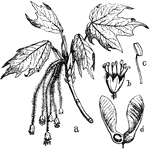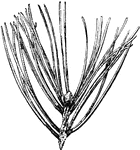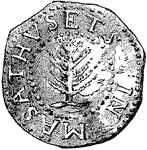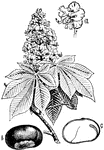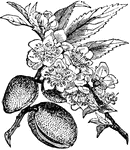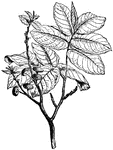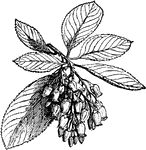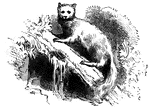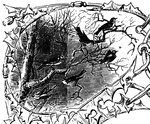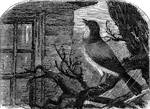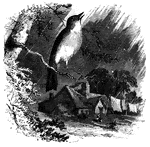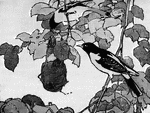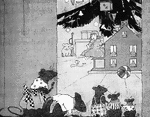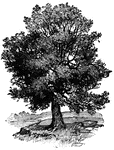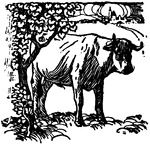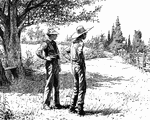
Acacia
"An Egyptian tree; the bark and pods are frequently used in tanning and the aqueous extract of the wood…

Leaf Beetle
"The Popular-tree Golden bug, chrysomela populi, of a blueish-green, has a strong odor, and…

Hornets and Nest
"The Hornets resemble the Wasps in their habits, but but they are noted for their spitefulness and the…

Norfolk Island Pine
"1. Norfolk Island Pine (Araucaria excelsa). 2. Cone of Araucaria Cookii."-Whitney, 1902
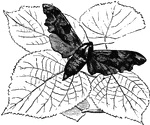
Lime-tree sphinx
"The Lime-tree sphinx, Sphinx tiliae, has the wings denticulated and angular; it is nocturnal,…
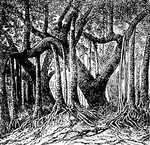
Banyan Tree
"The Banyan Tree is a species of the genus ficus. It is regarded as a sacred tree by the Hindus. Its…
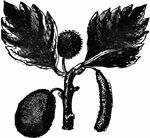
Breadfruit
"The breadfruit is a large, globular fruit of a pale-green color, about the size of a child's head,…

Breadfruit Fruit
"The breadfruit is a large, globular fruit of a pale-green color, about the size of a child's head,…

Cacao Plant
"Cacao, or cocoa, is the chocolate tree, and also the powder and beverage made with it obtained from…
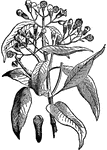
Cloves
"Cloves are a very pungent and aromatic spice, the dried flower-buds of a tree a native of the Molucca…

Date Palm
"Date Palm is a genus of palms, the most important species of which is the common date palm, the palm…
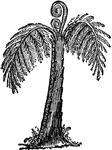
Giant Tree Fern
"The Fern is a leafy plant springing from a rhizome, which creeps below or on the surface of the ground…
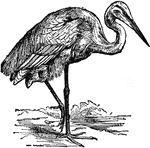
Heron
"Heron is the common name of birds of the genus Ardea. The herons are distinguished by having a long…
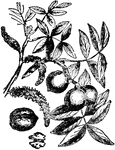
Walnut
"Walnut is a genus comprising seven or eight species of beautiful trees. The common walnut is a native…

Tree-coral
"These animals are generally called Tree-corals, on account of the forms of the polypidons…
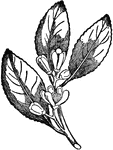
Lemon Branch
"The Lemon is the fruit of a small tree belonging to the same natural order as the orange. There are…
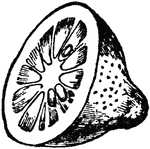
Lemon Cross-section
"The Lemon is the fruit of a small tree belonging to the same natural order as the orange. There are…
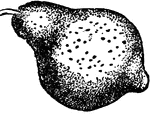
Lemon
"The Lemon is the fruit of a small tree belonging to the same natural order as the orange. There are…

Mistletoe
"Mistletoe is a plant parasitic on the apple and other fruit trees, on the thorn, the oak, the poplar,…
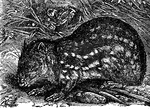
Paca
"The Paca is a small South American rodent, allied to the guinea pig. It lives singly or in pairs, passing…

Chamaerops Humilis Palm
"Palm is a natural order of endogenous plants, the products of which are of extreme importance and utility…
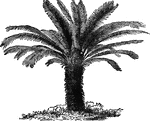
Cycas Revoluta Sago Palm
"Palm is a natural order of endogenous plants, the products of which are of extreme importance and utility…

Polyphemus
"Theocritus asserts that there is no rememdy for Love but the Muses. He then gives an account of the…
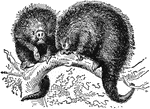
Prehensile Tailed Porcupine
"The Porcupine is a rodent quadruped. The North American porcupine is about two feet long, and of sluggish…

Hystrix Crystata Porcupine
"The Porcupine is a rodent quadruped. The North American porcupine is about two feet long, and of sluggish…

Aratrum
"A plough. Among the Greek and Romans the three most essential parts of the plough were-the plough tail,…

Aratrum
"A plough. Among the Greek and Romans the three most essential parts of the plough were-the plough tail,…
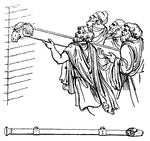
Aries
"The battering-ram, was used to batter down the walls of besieged cities. It consisted of a large beam,…

Quassia
"The Quassia is a tree cultivated in the West Indies and the parts adjacent. It has terminal clusters…

Seventeen Year Locust
The Seventeen Year Locust (Cicada septendecim) spends seventeen years underground feeding on the roots…
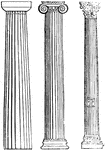
Columna
"A pillar or column. The use of the trunks of trees placed upright for supporting buildings, unquestionably…
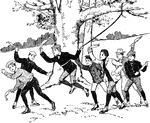
Sling the Monkey
"Sling the Monkey is a capital game, and can be played anywhere where there are trees. One player who…
